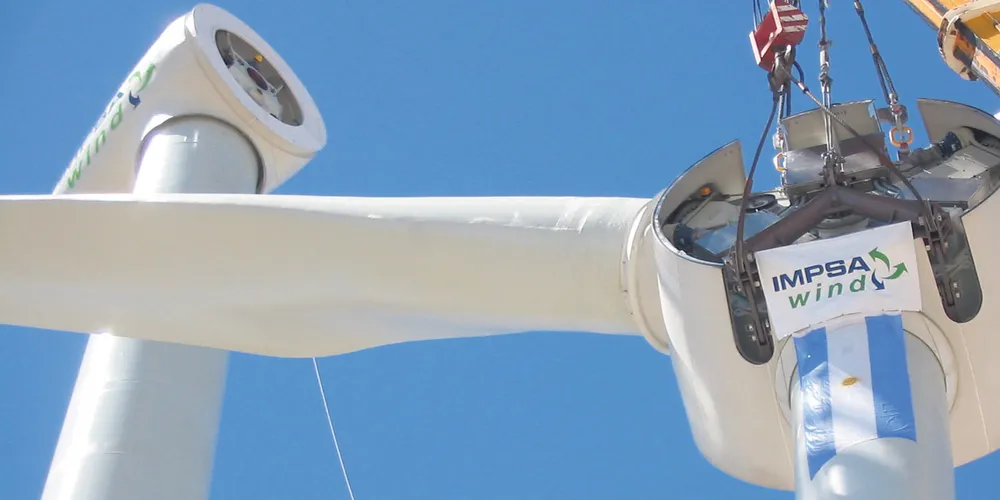ANALYSIS: Brazil wind can't take 10
The grey clouds hovering over Brazilian-based turbine makers seem to be vanishing.

Two other foreign manufacturers are believed to be about to be added to the list.
But look deeper, and things aren't so rosy. According to the BNDES website, Indian turbine maker Suzlon and Spain's Acciona have not even complied with the previous, less rigorous, local-content rules yet.
Brazil needs 6GW of new capacity every year. More than 30GW of hydroelectric plants will be developed over the next 15 years, filling a third of the country's needs.
Thermal plants are back, with government encouragement. Coal and natural gas will be an important part of the energy matrix. Some people believe another third of baseload generation source is necessary to keep the system's balance.
In that scenario, wind, solar, biomass and small hydro would have to share 2GW of capacity per year.
Examine those figures, and the question is: can ten turbine-makers survive in that market environment? I'm afraid not.
(Copyright)